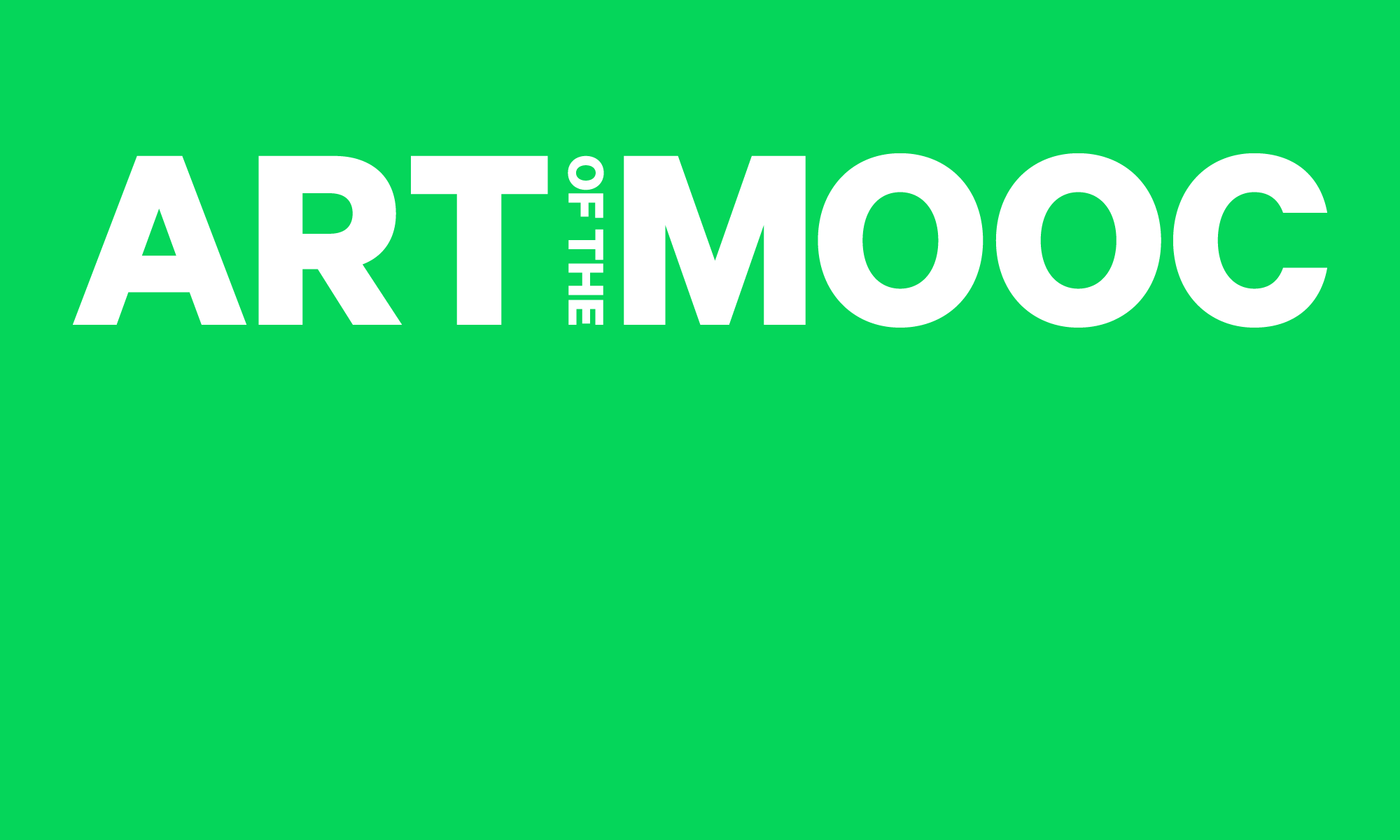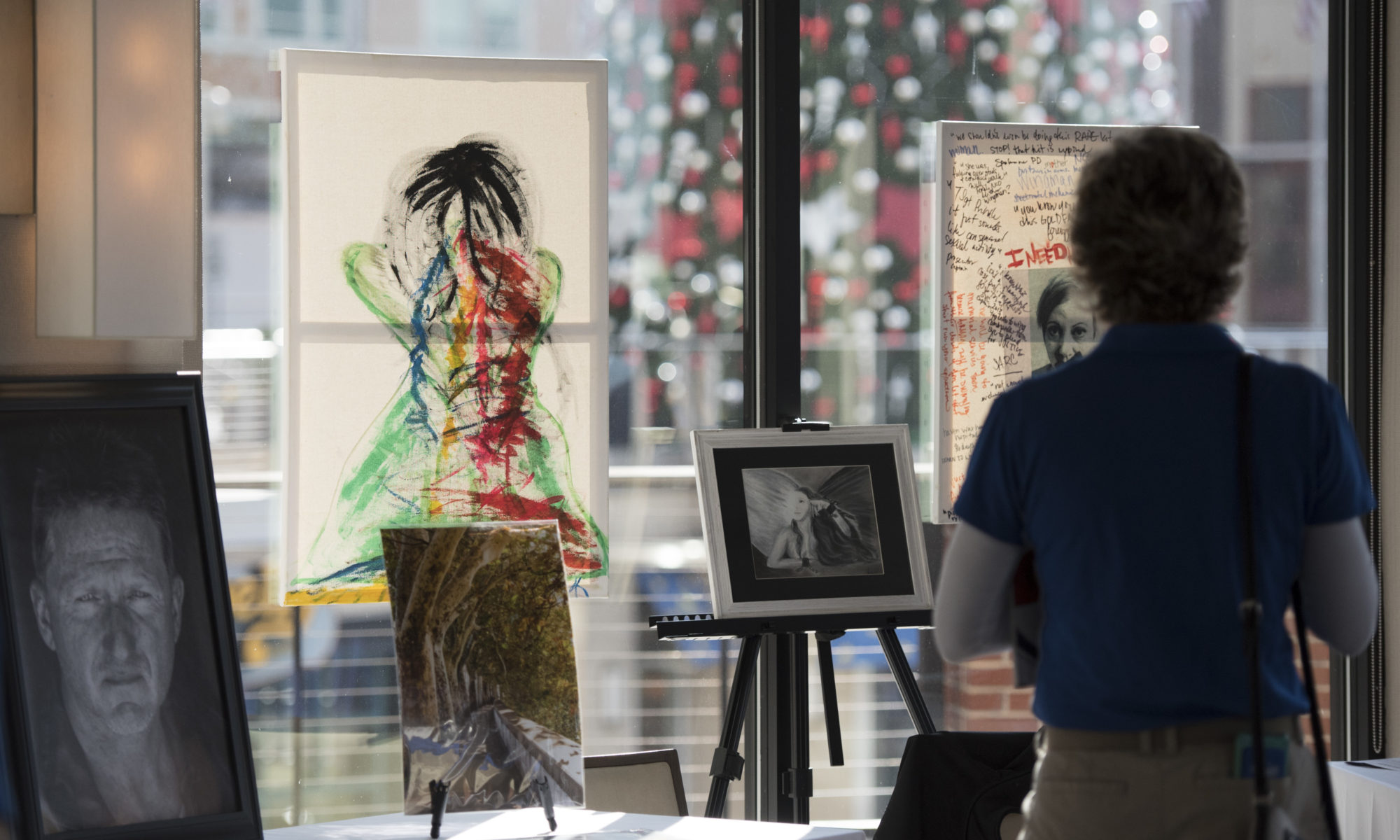
In the public library of videos for Art of the MOOC, specifically the “prompt” videos for the Public Art & Pedagogy: Experimental Pedagogy, the idea of a “mass drawing experiment” was discussed. The process would be a bunch of students submitting, on a uniformly sized canvas, unfinished works, that would promptly be finished by others and then displayed. This idea of collaborative work made blind poses interesting questions. How is the identity of the art changed by the involvement of multiple people? Who should be allowed to change the course of the art’s identity? To a viewer of this completed art, would knowing the history of it’s creation significantly change their view of it? And most importantly of all, what’s the effect of these questions to the viewer?
Trends like this have been observed on a smaller scale in the past, and even currently, especially on social media websites catered to artists. “Telephone” games exist where an artist starts a piece and submits it to another artist to redraw, giving their own flair to the piece. Then that piece is submitted to a new artist, and the process continues until the art is no longer recognizable. This concept plays with the ideas of permanence, artistic vision, and even the history of a piece to change the identity of the art.
Even extending to the public sphere, this concept could be applied to graffiti art that’s been altered, sprayed over, and played with until it’s something completely different than what it started as. To view this as art may mean that art never belongs to one person, and is constantly mutable; and that that’s a good thing!
Think about instances where you’ve modified another person’s work. When is it art, and when would it not be?

